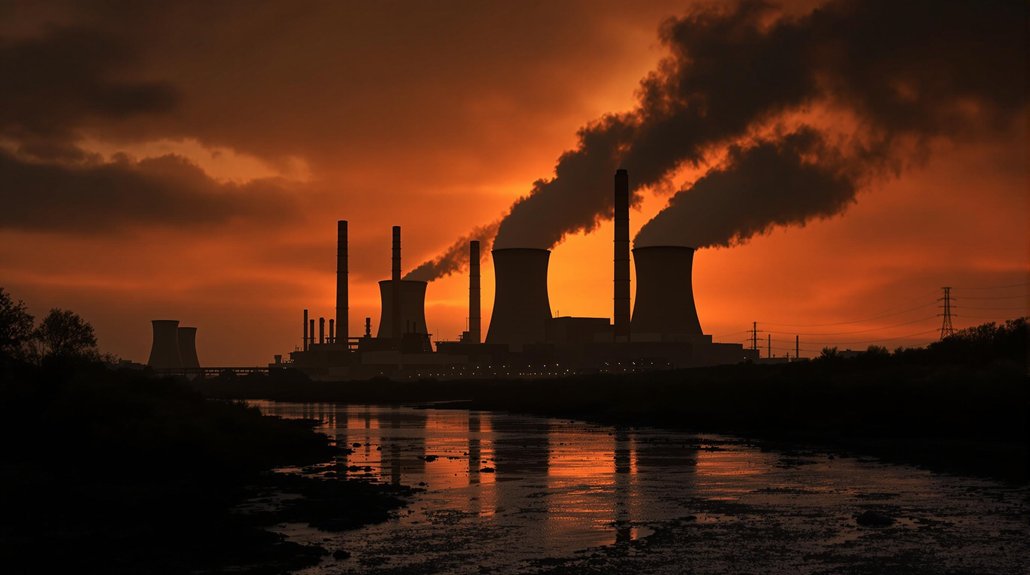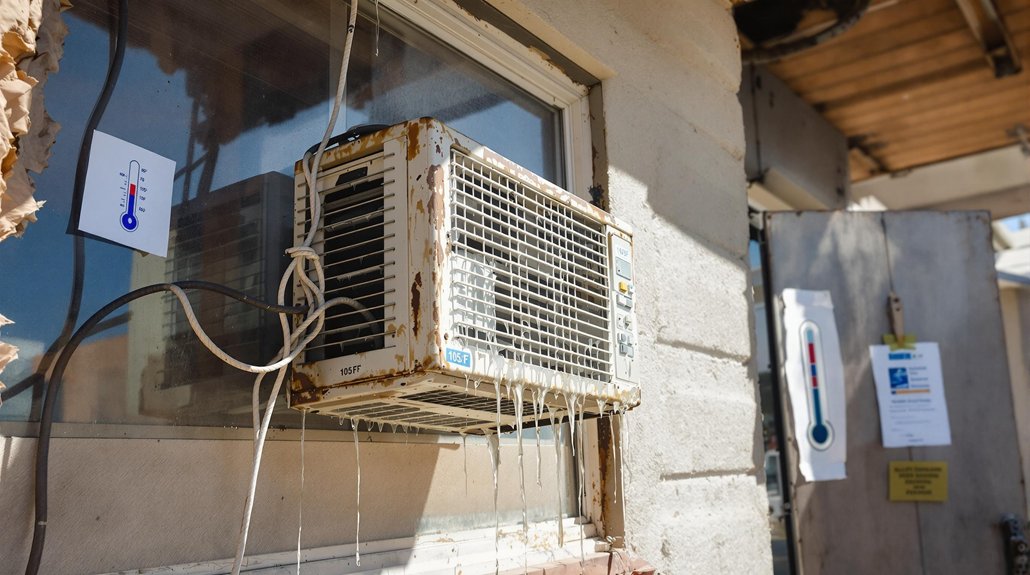The Trump administration proposed easing mercury pollution regulations after pressure from chemical industry groups. These changes would recalculate health benefits of the Mercury and Air Toxics Standards implemented in 2012. Industry claims regulations lack “sound science” and cost billions, while health advocates warn of increased risks to children and vulnerable communities. Coal plants were previously America’s largest mercury polluters. The debate continues between short-term industry savings and long-term public health concerns.
As the Trump administration pushes to ease environmental regulations, its stance on mercury pollution has sparked significant debate. The administration has proposed reconsidering the Mercury and Air Toxics Standards (MATS), which were introduced by the EPA in 2012 under President Obama. These standards aimed to reduce mercury and other harmful pollutants from coal-fired power plants by over 90% within five years.
The Trump administration’s proposal argues that regulating these hazardous air pollutants isn’t “appropriate and necessary.” They’ve also changed how health benefits from reducing mercury emissions are calculated. Some industries have already received exemptions from EPA rules, allowing them to bypass emissions limits on mercury and other toxins.
Coal-fired power plants were America’s largest mercury emitters before MATS, responsible for 48% of U.S. mercury emissions in 2015. Mercury exposure can cause serious harm, especially to children and developing fetuses, leading to neurological damage and developmental problems.
Before MATS, coal plants released half of America’s mercury, threatening children with permanent neurological damage.
Industry groups like the American Chemistry Council have pushed for these changes. They claim the regulations lack “sound science” and impose excessive financial burdens. Industry representatives argue that stricter rules could cost over $50 billion in risk-related requirements, though the EPA’s earlier calculations put the annual cost at just $1.8 billion.
Environmental advocates point out that the health benefits far outweigh these costs. While direct benefits from mercury reductions were valued at $4-6 million annually, additional co-benefits reached $37-90 billion per year. The MATS rule was expected to prevent thousands of premature deaths and reduce heart attacks and asthma attacks. This marks the sixth major attack on environmental protections in just two months from the administration.
Critics worry that loosening these regulations will harm vulnerable populations the most, including children and low-income communities. They argue that the administration’s approach prioritizes short-term industry savings over long-term public health.
Meanwhile, the healthcare system might face increased costs from treating pollution-related illnesses if these toxic emissions rise again. EPA Administrator Lee Zeldin has established an electronic mailbox specifically for companies to request presidential exemptions from pollution regulations.








